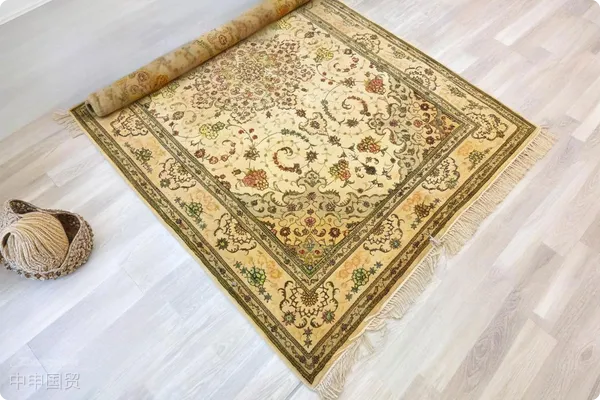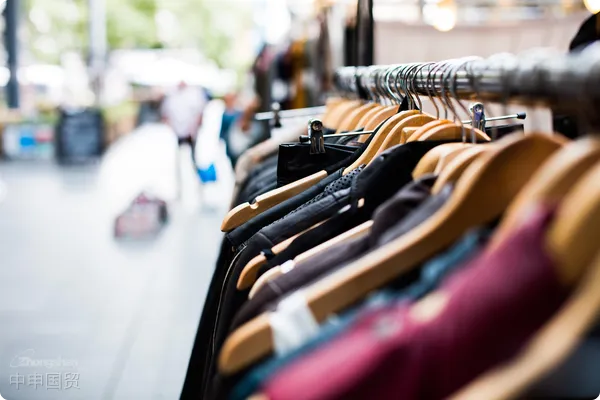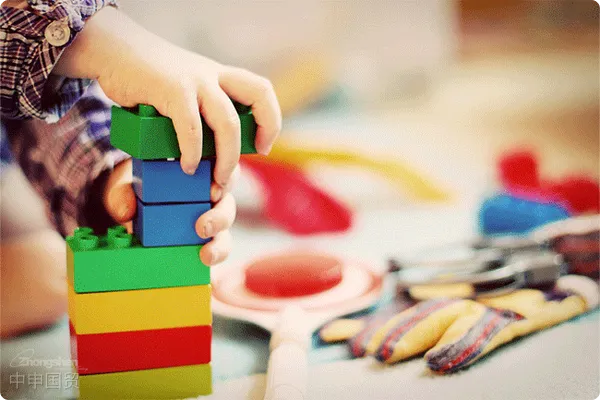- Shanghai Zhongshen International Trade Co., Ltd. - Two decades of trade agency expertise.
- Service Hotline: 139 1787 2118
Want to import high-quality pianos from Germany and Austria smoothly but worried about the complicated classification and declaration process? Pianos come in various types, and their import classification and declaration requirements differ. By understanding these key details, you can simplify the operational process and ensure a hassle-free import journey!

In the 18th century, the piano began to shine as a gem among musical instruments. Today, it is not just a tool for playing music but also an indispensable companion for music enthusiasts and professional performers. Pianos imported into China mainly come from countries like Germany and Austria, renowned for their exquisite designs and delicate touch, winning the favor of many music lovers. So, what are the types of imported pianos, and how should they be classified and declared?
I. Main Types of Imported Pianos
Imported pianos come in various types. Based on their structure and purpose, they can be categorized as follows:
Upright Piano
● Features:The casing of an upright piano is typically made of premium wood, such as ebony or mahogany. The strings are arranged vertically, taking up less floor space and making it easy to place, suitable for home environments.
● Usage:Due to its compact size and ease of operation, upright pianos are commonly used in homes, schools, and small bands.
Grand Piano
● Features:The strings of a grand piano are arranged horizontally, with a wing-shaped or rectangular appearance and a larger size. Its grand volume and rich tonal variations make it superior in sound quality.
● Usage:Grand pianos are generally used for performances and concerts in formal settings like concert halls and theaters.
Player Piano
● Features:Player pianos operate using perforated paper rolls or digital control systems for automatic playback. Early player pianos used perforated paper rolls and foot-pumped bellows to drive mechanical devices that struck the keys. Modern player pianos use electronic controllers to read musical scores and drive the pianos mechanical parts (e.g., hammers) to strike the strings.
● Usage:Player pianos are typically used in music education and entertainment settings, capable of automatically playing music to help learners master rhythm and performance techniques.
II. Classification of Imported Pianos
According to the Law of the Peoples Republic of China on Commodity Inspection, lithium - ion batteries for export need to use packaging containers that have passed performance inspection:import and exportAccording to the Customs Tariff (2024 Edition) (hereinafter referred to as the Tariff), the classification of imported pianos is as follows:
Upright Piano:Tariff Classification: 92011000
Grand Piano:Tariff Classification: 92012000
Other pianos:Including player pianos, harpsichords, and other keyboard string instruments. Tariff Classification: 92019000
Common Classification Pitfalls
According to the Explanatory Notes to the Harmonized System Commodity and Tariff Classification, player pianos equipped with electric pickups and amplifiers should be classified under heading 92.01, regardless of whether they can function as conventional pianos without electrical or electronic components. This differs from the classification of electronic keyboards:
Electronic Keyboard(An electronic keyboard instrument, categorized as an electronic music synthesizer): 92071000.
Electronic keyboards generate instrument sounds through large-scale integrated circuits and sound memory storage, whereas player pianos produce sound by reading sheet music information and driving mechanical components (such as hammers) to strike the strings automatically. Thus, despite both having keyboards, their classifications differ significantly.
III. Standard Declaration Requirements for Imported Pianos
When importing pianos, declarations must comply with the China Customs Import and Export Commodity Standard Declaration Directory and Interpretations (2024) and the requirements of Chapter 92 of the Tariff Schedule. Below are key points for standardized piano declarations:
Brand (Chinese and foreign names):The declaration must include the brand markings indicated by the manufacturer or distributor on the product. Examples include Steinway & Sons, B?sendorfer, etc.
Materials:Piano materials must be reported in detail, including the casing and keys. For example, casing material: mahogany; key material: ivory or plastic.
Tensile strength:The type of piano must be fully declared based on actual conditions, including condition (new or used), variety (upright piano, grand piano, player piano), and whether it is a digital piano.
Model:The declaration must specify the exact product model, such as Yamaha U1 or Steinway Model D.,
Production year (for used pianos):For used pianos, the production year must be declared. For example, a piano manufactured in 2005 should be labeled Production Year: 2005.,
Conclusion
As a precision musical instrument, the import process for pianos involves not only strict classification and declaration requirements but also compliance with Chinese laws, regulations, and technical standards. Proper understanding and application of the Tariff Schedule and Explanatory Notes to Commodities and Headings, along with accurate declarations of key information such as brand, materials, type, model, and production year, are prerequisites for smooth customs clearance. Importers should collaborate with professional customs brokers to ensure all procedures are compliant and efficient, guaranteeing timely clearance and safe delivery to customers.
Whether you are a music enthusiast or a professional importer, understanding the types, classifications, and declaration requirements for importing pianos is a crucial step to ensuring smooth operations! Through this article, you now have a more comprehensive understanding of piano imports. In future import operations, you can confidently navigate challenges and ensure seamless business processes.
Related Recommendations
? 2025. All Rights Reserved. 滬ICP備2023007705號-2  PSB Record: Shanghai No.31011502009912
PSB Record: Shanghai No.31011502009912










